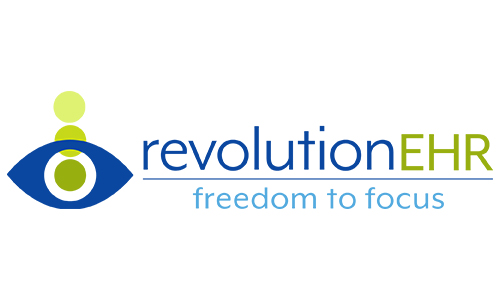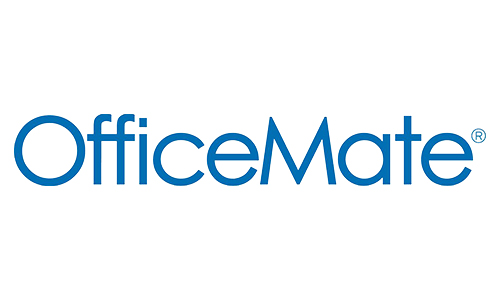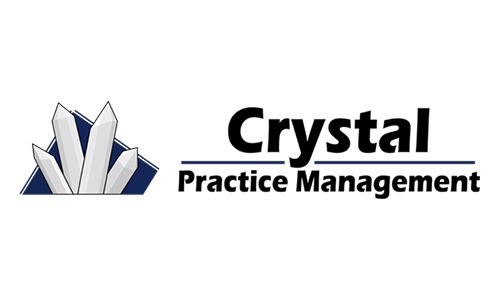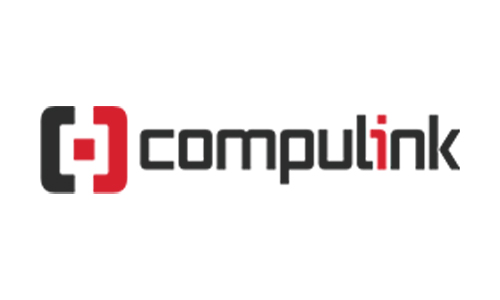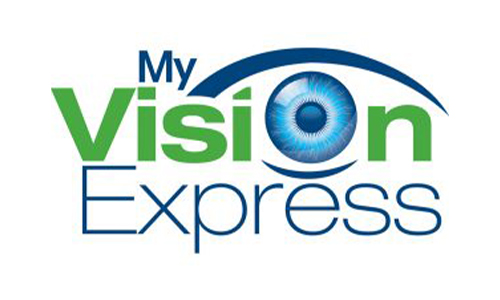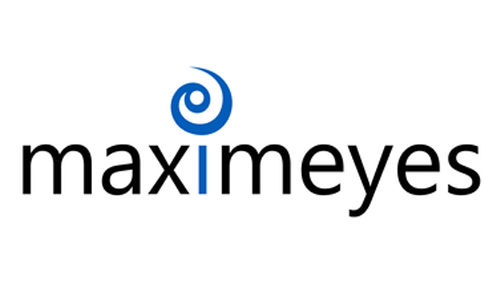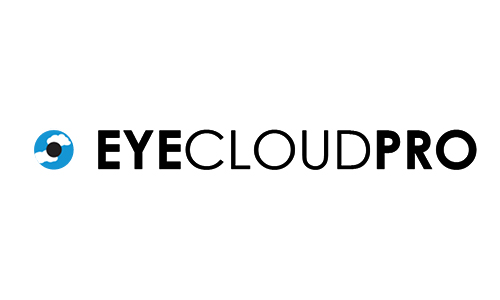A comprehensive guide for modifiers, payer portals, and timely filing.
You’re the billing expert. But even experts come up against roadblocks.
And when it comes to insurance billings, roadblocks crop up at unexpected times.
When RevCycle Partners’ team of billers asked for you to share your toughest billing questions, we received a variety that boggle the best of billers, from misunderstood modifiers, payer portal logins, and timely filing best practices.
Whether you’re a seasoned healthcare provider or new to the administrative side, our team is here to tackle your toughest billing questions.
90 Day Global Period
Q: Does the 90-day global period start from the day you assume care or from the date of actual surgery?
The 90-day global period starts on the surgery date for your post-OP cataract care. Not the date that you assume care or the date you first see the patient. Whether you take over care the next day, a week later, or anytime within that 90-day window, your starting point of the global period should always reference the original surgery date.
The assumed date is the date you assumed care.
The global surgery calculator from Palmetto can help you accurately determine these dates. In the calculator, you’ll put the date of surgery and how long the global period is. For post-op cataract care, the global period is 90 days. The calculator will then give you the exact relinquished date.
Accurate billing relies on precise data. To submit an accurate claim, it’s important to get the exact date of surgery from the surgeon as well as the day they are relinquishing care back to your office. All of that information should be available on the transfer of care letter.
Modifiers
Q: I’m billing replacement glasses under BlueCross BlueShield (in Minnesota). The manual outlines change requirements and my patient meets these requirements. But claims are still denied. Should I bill with modifier KX?
Modifier KX is primarily used in durable medical equipment (DME) claims to indicate that an item, such as a particular lens option, is medically necessary. It's not usually used for an entire pair of replacement glasses.
Instead of using modifier KX in this situation, use modifier RA. Modifier RA is used by BlueCross BlueShield (and other payers) to signify that the glasses are a replacement pair covered under the patient’s replacement benefits. If the patient has met all criteria in the manual, billing with modifier RA on each line item should result in a successful claim.
Be sure to notate the reasons for the replacement glasses in the patient’s chart. In case the claim is denied, you can submit your records and show that this was a replacement pair under the replacement benefit.
A patient came in for a visual field. The test was done that day, but the doctor reviewed the results on a later date. How do I bill this?
You’ll want to use modifiers 26 and TC.
Let’s start by breaking down these modifiers.
Modifier 26 represents the professional component of a medical service, which involves the interpretation and reporting of a test. Modifier TC represents the technical component—the actual performance of the test itself.
When these modifiers are used, the payer will split the fee for the entire test based on their fee schedule and the modifier reported. It’s important to note that these modifiers can only be used on select services. Specifically, they’re used for services that are designated in the Medicare physician fee schedule’s PC/TC field. These fields are denoted by a “1.”
In this situation, if a patient comes in for a visual field test (coded as 92083) but only undergoes the test on that day, the office should bill with modifier TC. Later, when the doctor reviews and interprets the results of the test, you should submit a separate claim using the same code. But this time, use modifier 26.
Q: Can modifiers TC and 26 be used for two different tax ID offices?
The short answer is Yes.
If one office performs the technical component of a test, like OCT (coded as 92134), they can bill using modifier TC. A second office, which later interprets the results, would bill using modifier 26. Each office would bill under their respective TAX ID, emphasizing their individual contributions to the service.
Anytime you bill these modifiers, the patient will most likely be responsible for a copay for each visit. The copays are typically per day. Always refer to the patient’s Explanation of Benefits (EOB) for specific financial responsibilities.
Payer Portals
Q: How do I know which payer portals I need to access?
Start by looking at the primary payers your office works with. For offices that participate with vision plans such as Eyemed or VSP, these portals are a must. Then, look at the other payers your office takes and see where information is being retrieved. Are you getting your EOBs on a clearinghouse or through the mail? Are you not certain where they’re coming from?
Even if you receive your EOBs through a clearinghouse or by mail, having access to the payer portals is still beneficial. These portals offer valuable features, such as: eligibility information, help with aging claims, secure message, document uploading directly to the payer. Websites, like Availity or One Health Port, aggregate many payers in one place and serve as a convenient one-stop-shop depending on your specific office needs.
Q: Many insurances are now sending paperwork stating we have been paid, but no remit is attached. Logging into each portal is time consuming. Any tips on how to resolve this?
It is true that some insurances are now requiring you to access the portal in order to get remit information. Payers like Change HealthCare, Payspan, and Availity are doing this.
The digital approach is more secure. Things can get lost or easily misplaced in the mail and the portal secures all documents. In the future, you won’t need to contact the payer to fax or resend EOBs. The digital approach is also more environmentally friendly and cost-efficient. It cuts down on the amount of paper and postage a payer is sending.
If logging into multiple portals seems time-consuming, you can explore other options. Each payer has a different policy on how they want their EOBs to be accessed, so it’s possible to receive EOBs through your clearinghouse. This could consolidate your EOBs into one location and reduce your number of separate logins. Check with your clearinghouse to see if they can integrate EOBs from your most commonly used payers.
Accessing multiple payer portals is more secure and overall better management of claims and payments. It’s a good practice to embrace these digitals tools to make your workflow smoother.
Q: Do I need to be signed up for both Optum and the UnitedHealthcare portal?
Assuming you participate with UnitedHealthcare, the short answer is Yes. The UnitedHealthcare (UHC) Provider Portal is your go-to for eligibility and claim status inquiries for most UHC members. However, some affiliates, like AARP and UMR, have semi-connected portals. These require a separate registration but are linked through your one healthcare ID. For example, if you try to look up eligibility or claim status for these members, then you’ll be redirected to a separate website and asked to log in there.
While all of these portals are connected to your main UHC account, each requires a separate registration. They are all useful to have if you are participating in these various networks.
The Optum portal is similar. It’s linked to your one healthcare ID, but you have to register for it separately from the UHC Provider Portal. The Optum portal is primarily used to see payment details through Optum Pay. Even if you receive your remits through a clearinghouse, it doesn’t hurt to have the free version of Optum Pay. Occasionally, some payments are exclusive to Optum Pay. Having access ensures you have all the necessary remittance information.
Q: Our old office manager was set as admin on most payer portals, but she's no longer an employee. How do we remove her from our portals?
Each payer portal typically has its own process for transferring administrative rights. In some instances, this will require the owner or doctor to call the payer or portal and provide certain information or complete a form.
Sometimes, a portal may require a notarized letter on office letterhead to switch the admin on account.
To avoid these issues in the future, set the owner or doctor as admin. And give each employee their own unique login. This not only increases security but also makes it easier to manage who has access to what information. If an employee leaves the practice, their account can be deactivated without affecting the rest of the team.
More and more portals are also requiring two-factor authentication and mandating individual logins for anyone accessing the site. It may seem cumbersome initially, but these measures can go a long way in streamlining administrative processes and enhancing security measures for the practice.
Timely Filing
Q: How do I know what timely filing is for a payer?
Timely filing guidelines vary by payer. You should be able to find the exact information in the provider manuals for specific insurance. If you have portal access, it’s even easier to find.
Medicare, along with specialized plans in TRICARE and CHAMPVA, have the largest window of 365 days from the date of service. Most commercial plans vary between 90 to 180 days. You want to make sure you submit claims within these timely windows.
Once received and processed, even if it denies, your timeline is now extended because it falls under separate time limits.
Vision insurances also have specific timelines. These timelines have a little variation to them when it comes to the type of submission being used for the claim. For example, VSP allows 180 days for electronic submission and up to 365 days for paper claims. (The latter requires an accompanying letter explaining the delay.)
Q: What is the best rotating schedule of watching and resubmitting claims as they age?
At the beginning of the month, take stock of your total number of aging claims and divide that by the number of working days in the month. This will give you a target number of claims to work on each day. And makes sure you address all aging claims within the month.
Start with the claims that are closest to reaching the timely filing deadline of their respective payers.
Technical glitches with clearinghouses or even issues with mailed submissions could result in delays. Ensuring these claims have at least been submitted is critical. Once you’ve secured those on the verge of deadlines, work backwards to the most recent claims.
Another practical tip is to categorize and work on claims based on individual insurance companies. This approach is especially effective if you’re logged into a payer-specific portal or are in direct contact with a particular payer. You can resolve multiple claims in a single interaction, streamlining the process and increasing efficiency. This method allows you to make consistent progress throughout the month. And it ensures you touch on all your aging claims.
For more information—and more answers to your toughest billing questions—you can watch our webinar, “Answering Your Questions about Insurance Billing.”

